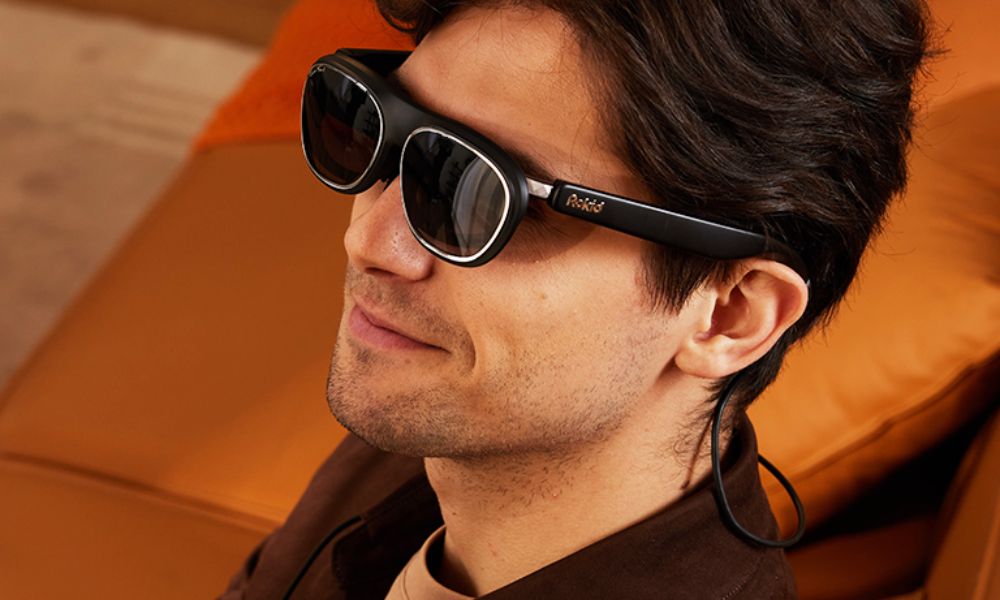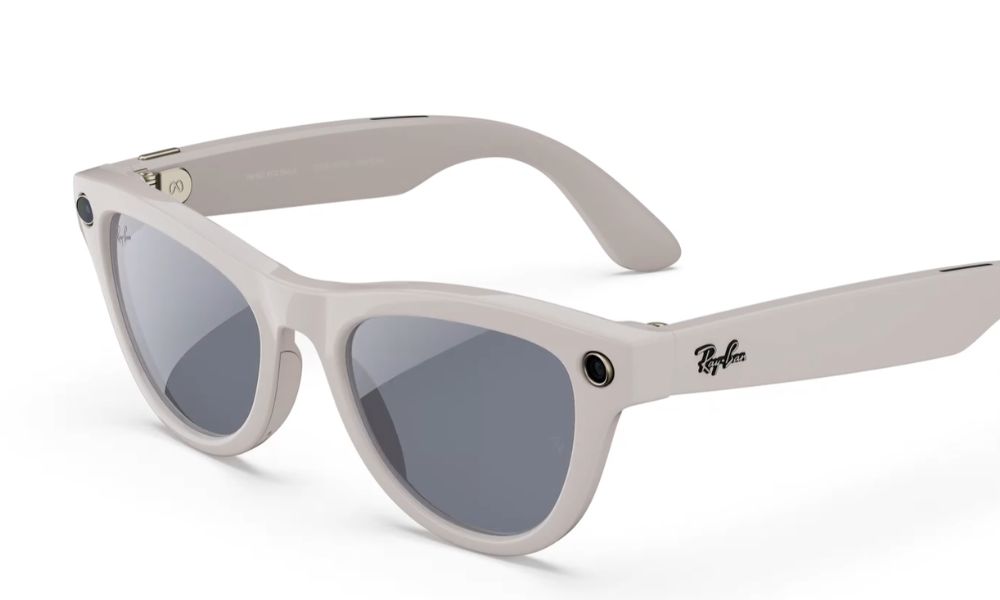Smart glasses are increasingly becoming a staple in wearable technology, blending fashion with cutting-edge functionality. Among the most talked-about options are the Meta Ray-Ban glasses and the Rokid glasses, each offering unique experiences that appeal to different user needs. Comparing Meta Ray-Ban vs Rokid glasses gives us insight into how smart eyewear is evolving and what consumers can expect from this emerging tech category.

In this article, we’ll take a close look at the strengths and weaknesses of both smart glasses, focusing on their design, usability, and key features. Whether you’re curious about augmented reality capabilities or everyday wearability, this comparison will help you understand the differences and pick the best smart glasses for your lifestyle.
Design and Style: Form Meets Function
One of the biggest draws of the Meta Ray-Ban glasses is their iconic design. By partnering with Ray-Ban, Meta has created smart glasses that closely resemble traditional eyewear, allowing users to enjoy smart features without sacrificing style. These glasses feel familiar and blend seamlessly into everyday wear, which is a huge advantage for those who want technology without the techy look.
On the other hand, Rokid AR glasses focus more on futuristic aesthetics and advanced hardware. Their design incorporates bulkier frames to house more powerful components like sensors and dual displays. While Rokid glasses may not have the same sleekness as Meta Ray-Ban, their look signals cutting-edge technology, appealing to early adopters who prioritize features over subtlety.
In the Meta Ray-Ban vs Rokid glasses debate, it’s clear that Meta leans into fashion-forward appeal, while Rokid emphasizes tech innovation and AR immersion.
Display and Visual Experience
When it comes to visual output, the Meta dual display smart glasses offer a significant edge. These glasses incorporate two micro-OLED displays, delivering sharp, high-contrast images directly in front of the user’s eyes. The dual displays allow for a wider field of view and enhanced clarity, which is ideal for reading notifications, navigation, or simple AR interactions without distracting from the real world.
Rokid AR glasses feature a single display system, but they make up for it with impressive brightness and color accuracy. Rokid’s glasses focus on blending AR content with real-world visuals using sophisticated sensors, enhancing the immersive experience for users. While they don’t offer dual displays like Meta, Rokid glasses bring a smooth and vivid augmented reality overlay that’s compelling for developers and tech enthusiasts.
The Meta vs Rokid smart glasses comparison on displays boils down to sharpness and immersion versus simplicity and integration. Meta’s dual displays offer crisp visuals, while Rokid AR glasses focus on smooth AR blending.
Features and Performance
Diving deeper into functionality, Rokid AR glasses feature a rich set of AR capabilities designed for both consumers and professionals. Their sensors track head movements and gestures, enabling intuitive control without needing to touch the glasses. This makes them highly practical for hands-free tasks. Additionally, Rokid’s voice assistant and spatial audio provide an interactive experience that’s ideal for immersive applications, from virtual meetings to gaming.
Meta Ray-Ban glasses, meanwhile, focus more on social and lifestyle features. Integrated cameras allow users to capture photos and videos seamlessly, while Bluetooth connectivity pairs easily with smartphones for calls and music. The lightweight design makes them comfortable for all-day use, but their AR capabilities remain limited compared to Rokid. The Meta Ray-Ban is perfect for users who want a blend of smart features with classic eyewear aesthetics.

The Rokid smart glasses review often praises the device for its robust AR toolkit, while the Meta Ray-Ban excels in usability and style. Both glasses perform well but serve slightly different audiences.
Battery Life and Usability
Battery life is a critical factor for smart glasses, and here the Meta Ray-Ban glasses tend to lead. Their simpler technology and efficient hardware translate into longer usage on a single charge, making them practical for day-long wear. They also benefit from fast charging features and good integration with mobile devices, enhancing overall convenience.
Rokid glasses, packed with AR sensors and more demanding displays, have a shorter battery life but make up for it with powerful performance. The challenge for Rokid is balancing advanced AR features with usability, which means frequent charging for heavy users. Still, Rokid is working on improvements to extend battery duration in future models.
Meta Ray-Ban vs Rokid glasses clearly show that simpler, stylish glasses often win on battery and comfort, while advanced AR systems need more power.
Which Smart Glasses Are Right for You?
Choosing between Meta Ray-Ban vs Rokid glasses depends largely on your priorities. If style, battery life, and ease of use are at the top of your list, Meta Ray-Ban glasses provide a great balance of technology and fashion. Their socially friendly features make them ideal for casual users who want smart glasses without overwhelming tech complexity.
For those seeking an immersive AR experience with strong gesture controls, voice interaction, and sophisticated sensors, Rokid AR glasses offer more cutting-edge features. Developers, early adopters, and professionals who want a richer augmented reality experience will find Rokid’s offerings more compelling.
Which Smart Glasses Win: Meta Ray-Ban or Rokid?
The competition between Meta Ray-Ban vs Rokid glasses highlights how versatile and exciting the smart glasses market is becoming. Meta’s stylish and functional approach makes smart eyewear accessible and wearable for everyday users, while Rokid pushes the boundaries of AR with advanced technology designed for immersive applications.
Both glasses bring unique value to the table, so your choice should align with how you plan to use smart glasses, whether for lifestyle convenience or augmented reality innovation. With ongoing advancements in both lines, the future of smart glasses looks promising and more integrated than ever.


No Comments